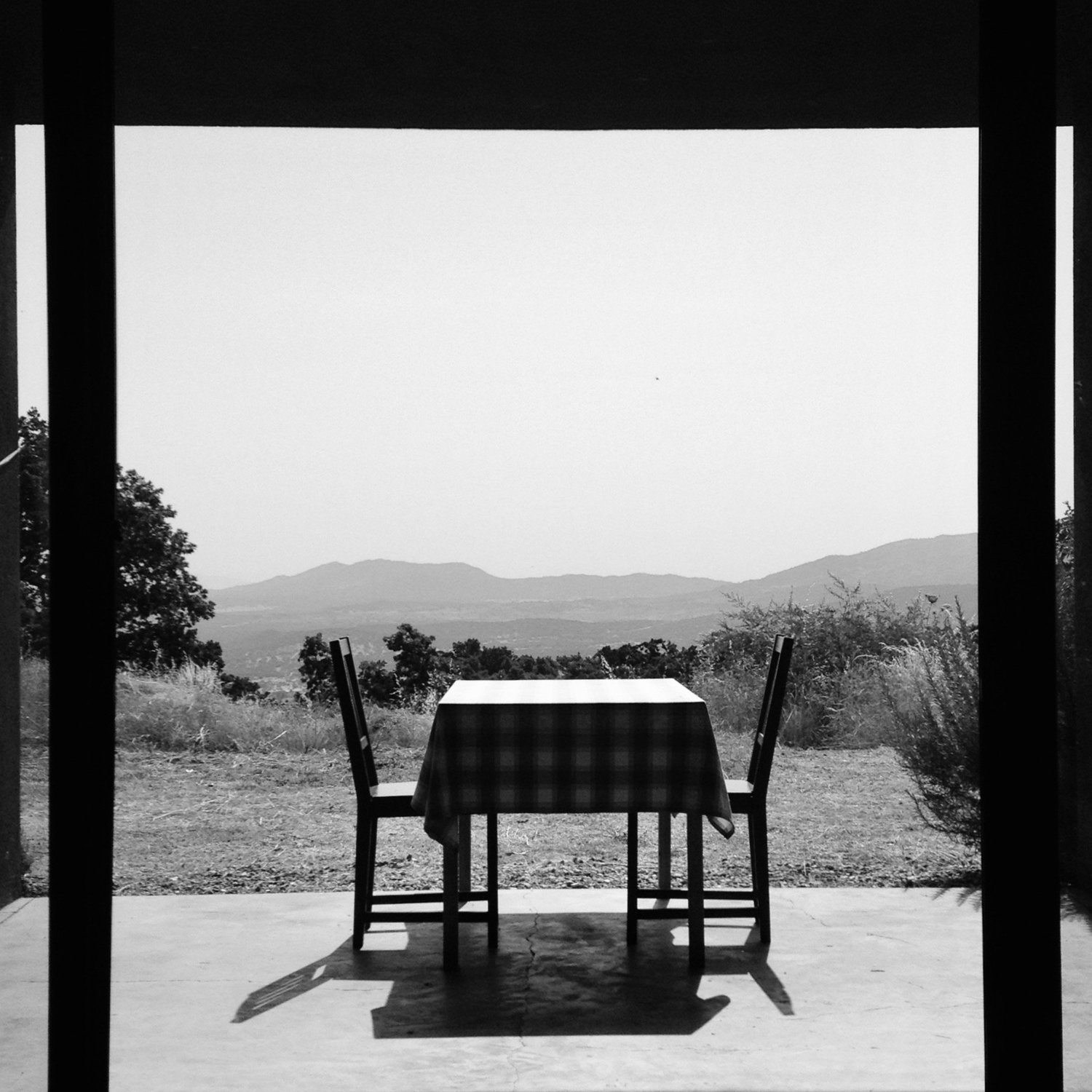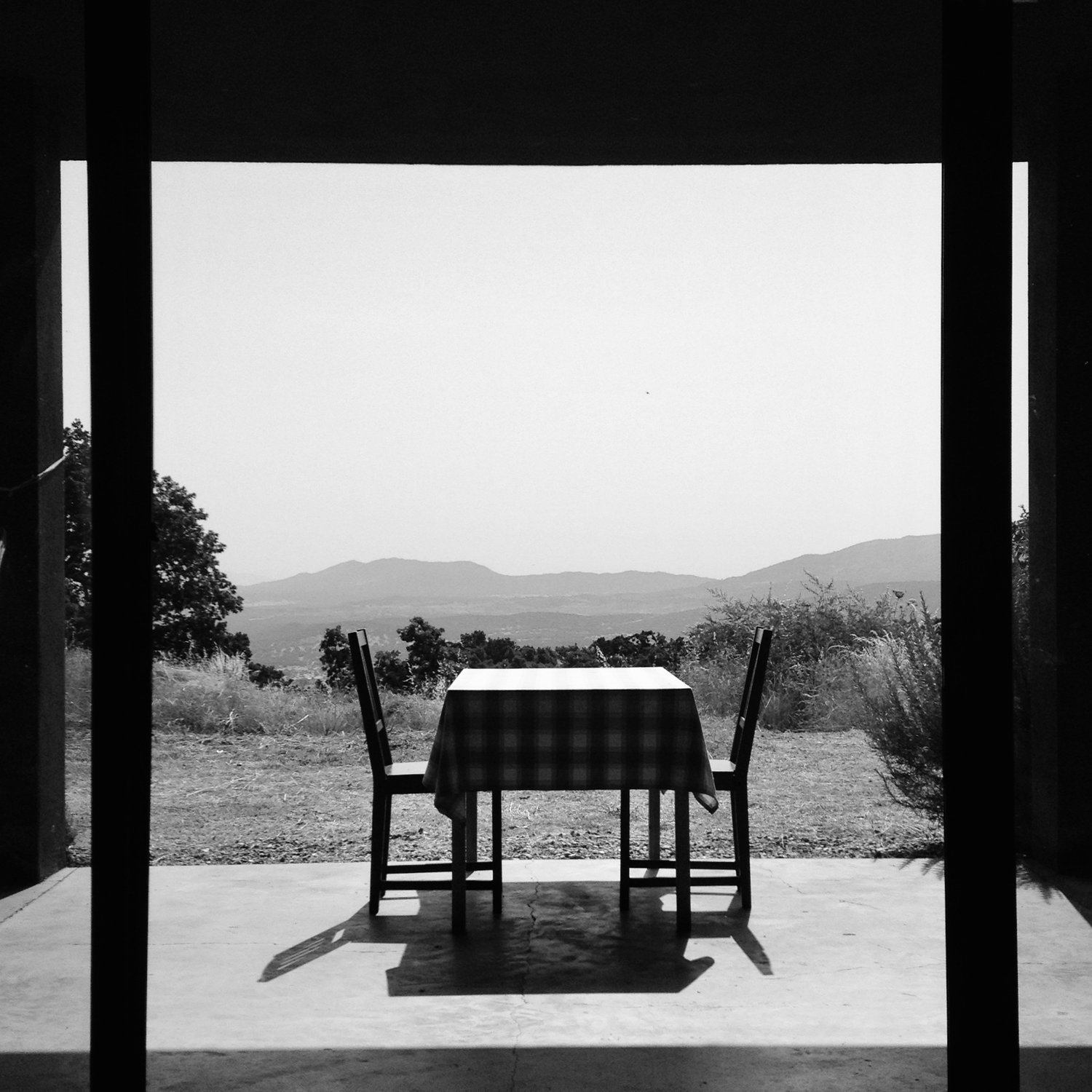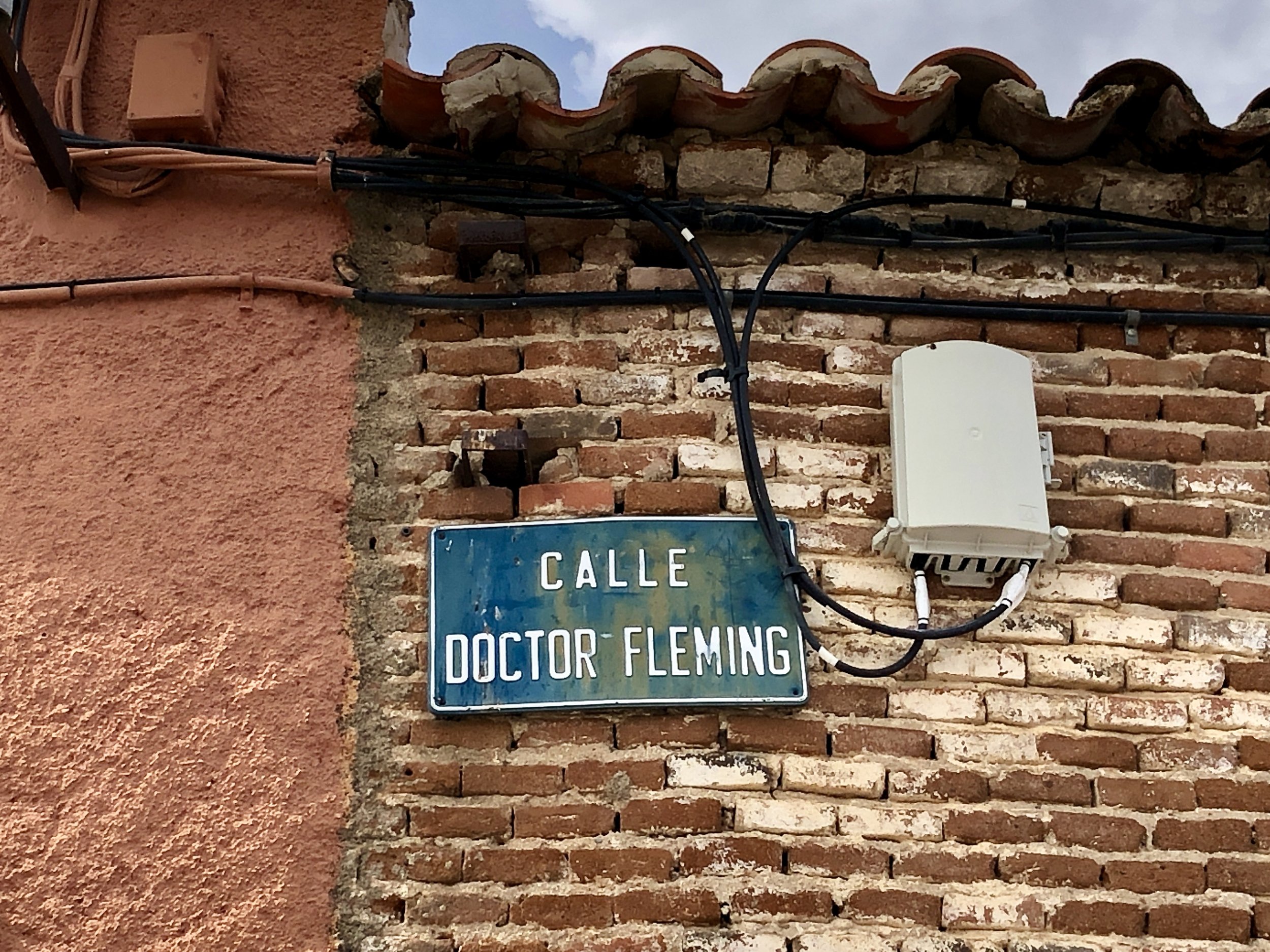Calle Doctor Fleming
Calle Doctor Fleming in Torre de Santa Maria, Caceres, Extremadura. May 2023.
In Torre de Santa Maria (population 642), a village in Caceres Province in the autonomous community of Extremadura, there is a street named Calle Doctor Fleming. There are streets named for the Scottish discoverer of penicillin throughout Spain, in Oviedo, in Huelva, in Barcelona (where he gave a speech at the university in 1948) and in Madrid where there is a statue to the great man outside the bullring, the Plaza de Toros de las Ventas.
Why should this be? Granted Spain does have a tradition of naming streets after its own writers and poets and musicians, but why is a foreign microbiologist so honoured?
My first hunch was that penicillin was a miracle drug for the cure of tuberculosis, at the time rife in Spain and throughout the world. A little reading however, taught me that penicillin is markedly ineffective for that purpose. What it is good for is the cure of syphilis and gonorrhea but then it seems unlikely that there should be a national celebration for the cure of such socially shameful diseases. More generally it is effective against streptococcal septicemia, gangrene and any form of infection that could be occasioned by a cut or any other wound or laceration. It saved the lives of hundreds of thousands of troops wounded in battle during the Second World War. But why specifically Spain which was, at least nominally, neutral during that war? Spain, like many other European countries at the time, was largely an agricultural economy. Farmers and farmhands cut themselves, get injured, often in quite unsanitary circumstances. It is not surprising then that the advent of penicillin should be transformative. Another clue is the statue outside the Madrid bullring: toreros get gored in the dance of death and many died from septicemia. Of course penicillin was a deliverance for many.
After the war, when penicillin was beginning to go into production on an industrial scale, Sir Alexander Fleming was invited by medical associations and universities in Europe and America to visit and give an account of his discovery and the subsequent development of the drug. In her book The Circulation of Penicillin in Spain - Health, Wealth and Authority, Maria Jesús Santesmases makes the case that Dr. Fleming was a welcome visitor to Franco's Spain in 1948, a time when the fascist leader was trying to normalize relations with western countries fresh after the defeat of the Axis powers. Sir Alexander Fleming, knighted by King George VI and sharing the Nobel Prize in 1945, also happened to illustrate Franco's "great men" theory of politics (of which his own title "El Caudillo", an absolutist leader, was the living example). Interestingly, Fleming was equally lauded and fêted in Barcelona the city that had been the center of opposition to the Francoist insurgency in the Civil War and where anti-fascist feelings to this day still run high.
After the world war and well into the 1950's, penicillin was in short supply and was therefore, in Spain and elsewhere, a scarce and expensive commodity. The action of Carol Reed's film The Third Man centered on the black market for penicillin in post-war Vienna. Franco's regime oversaw both the legitimate market and the black market as a means of controlling who had the benefit of the drug both medicinally and financially. Access to medicine was for the elite, for those who could pay, and profits made from these transactions accorded to those who would toe the line in other matters. Fleming chose not to patent penicillin for personal profit since he thought access to the drug should be universal, saying "I did not invent penicillin. Nature did that. I only discovered it by accident". Jonas Salk, the creator of the polio vaccine, when asked by Ed Murrow in 1980, "Who owns this patent?", replied, "Well, the people I would say. There is no patent. Could you patent the sun?".


